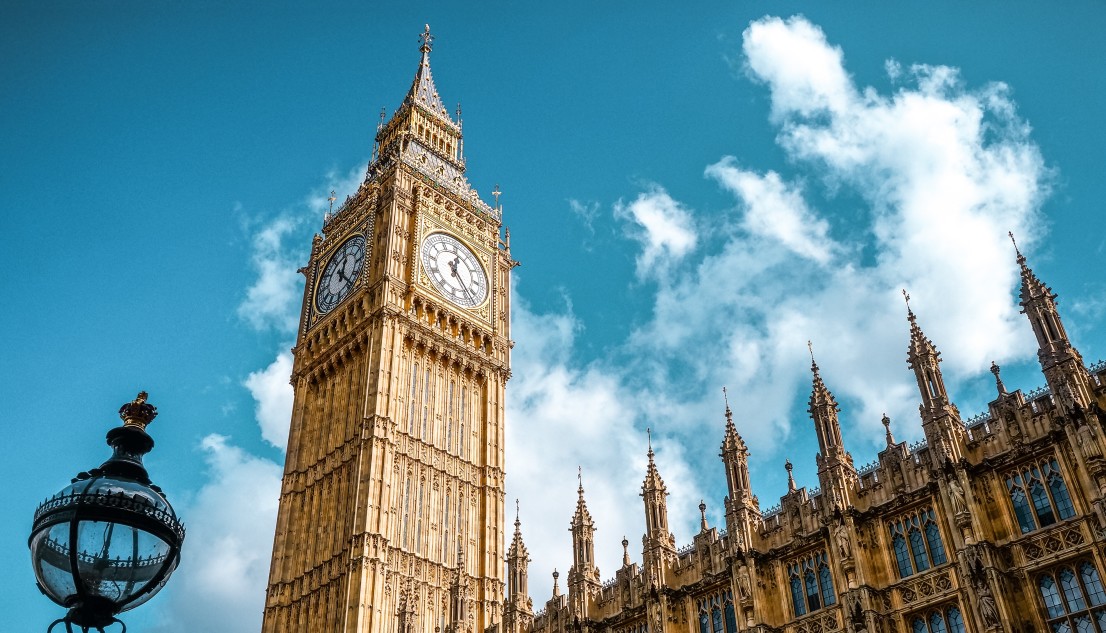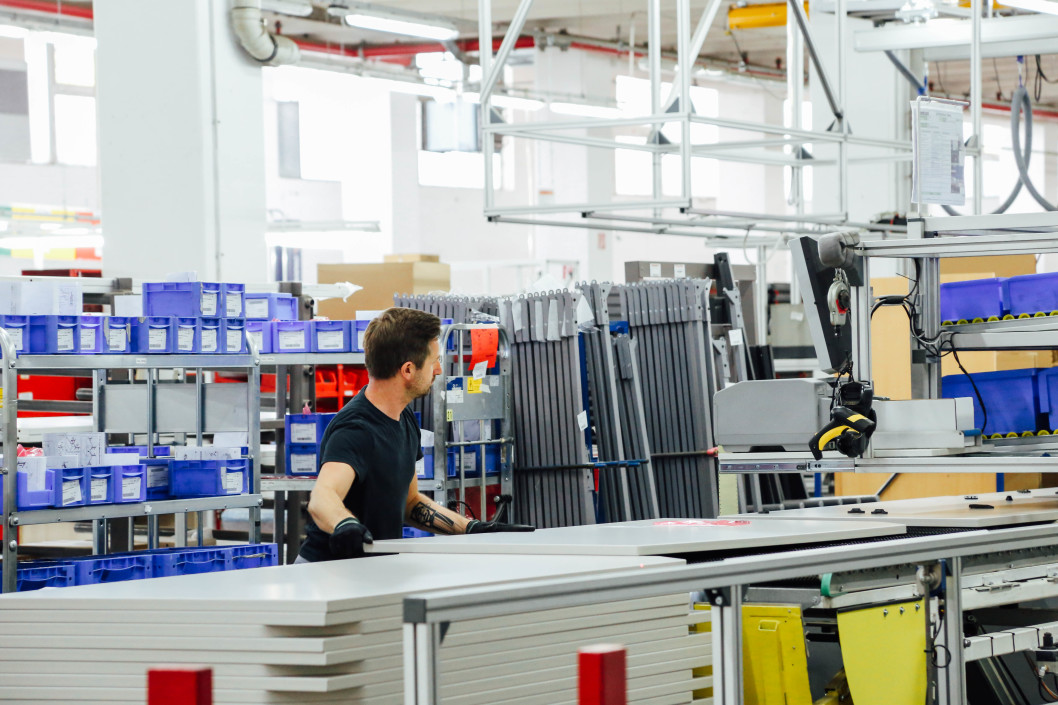In a recent article in the Wall Street Journal, author Sue Shellenbarger discussed different ways that companies were rewarding ways that their employees took risks. I particularly enjoyed the anecdote about kitty litter:
 That picture is Amanda Zolten with the “Heroic Failure” trophy. Not only does this create a fun work environment, but it is designed to bring an entrepreneurial spirit back to corporate work.
Entrepreneurism is a trait defined by “initiative and risk.” It is usually associated with people who start their own businesses. It is not normally found in corporate settings because in any large organization there are systems and structures in place that tend to deincentivize risk-taking.
But it is the acceptance of a larger risk margin that tends to make the biggest breakthroughs.
The benefits of risk-taking is not exclusive to business. In science, it has long been believed that the greatest discoveries are made in youth. Paul Dirac, 1933 Nobel Laureate in Physics, is famously quoted as saying, “Age is… a fever chill that every physicist must fear. He’s better dead than living still when once he’s past his thirtieth year.” And yet a recent journal article in the Review of Economics and Statistics seeks to explain why the average age of Noble Prize winners and “great inventors” seems to be rising. Author Benjamin Jones says that the real correlation to scientific discovery should take “human capital investments of innovators.” Also, he points out that “innovators spend some of their youngest and potentially brightest years undertaking educational investments,” which can deincentivize risk-taking in the same way as corporate work.
The success of the American dream is often attributed to our risk-taking heritage. While entrepreneurism isn’t uniquely American, it certainly is distinctly American. As one blogger has put it, “entrepreneurs might be born, but they’re definitely made in America.” As a Gallup poll found in 2010, Americans are significantly more entrepreneurial than Europeans and Chinese.
That picture is Amanda Zolten with the “Heroic Failure” trophy. Not only does this create a fun work environment, but it is designed to bring an entrepreneurial spirit back to corporate work.
Entrepreneurism is a trait defined by “initiative and risk.” It is usually associated with people who start their own businesses. It is not normally found in corporate settings because in any large organization there are systems and structures in place that tend to deincentivize risk-taking.
But it is the acceptance of a larger risk margin that tends to make the biggest breakthroughs.
The benefits of risk-taking is not exclusive to business. In science, it has long been believed that the greatest discoveries are made in youth. Paul Dirac, 1933 Nobel Laureate in Physics, is famously quoted as saying, “Age is… a fever chill that every physicist must fear. He’s better dead than living still when once he’s past his thirtieth year.” And yet a recent journal article in the Review of Economics and Statistics seeks to explain why the average age of Noble Prize winners and “great inventors” seems to be rising. Author Benjamin Jones says that the real correlation to scientific discovery should take “human capital investments of innovators.” Also, he points out that “innovators spend some of their youngest and potentially brightest years undertaking educational investments,” which can deincentivize risk-taking in the same way as corporate work.
The success of the American dream is often attributed to our risk-taking heritage. While entrepreneurism isn’t uniquely American, it certainly is distinctly American. As one blogger has put it, “entrepreneurs might be born, but they’re definitely made in America.” As a Gallup poll found in 2010, Americans are significantly more entrepreneurial than Europeans and Chinese.
 Entrepreneurism has long been considered an asset, and companies should seek to encourage these traits in their employees. Shellenbarger says that a company who is doing this successfully will, “encourage coworkers to trust each other, comment on each other’s work and take criticism in stride. Also, managers encourage intelligent risk-taking, tolerate failure and insist that employees share information openly.”
Risk-taking is not limited to small-business, self-starters. It can and should be encouraged in the corporate work environment, where the rewards of risk-taking can also be realized.
Entrepreneurism has long been considered an asset, and companies should seek to encourage these traits in their employees. Shellenbarger says that a company who is doing this successfully will, “encourage coworkers to trust each other, comment on each other’s work and take criticism in stride. Also, managers encourage intelligent risk-taking, tolerate failure and insist that employees share information openly.”
Risk-taking is not limited to small-business, self-starters. It can and should be encouraged in the corporate work environment, where the rewards of risk-taking can also be realized.
To pitch a prospective client for her ad agency, Amanda Zolten knew she a had to take a risk. But the client’s product—kitty litter—posed a unique challenge. Lucy Belle, Ms. Zolten’s cat, furnished the answer. Before she and her team met with six of the company’s executives, Ms. Zolten buried Lucy Belle’s mess in a box of the company’s litter and pushed it under the conference-room table. No one noticed until Ms. Zolten pointed it out—and the fact that no one had smelled it. Shocked, several executives pushed back from the table. Two left the room. After a pause, those who remained started laughing, says Ms. Zolten, a senior vice president with Grey New York. “We achieved what we hoped, which was creating a memorable experience,” she says. She won’t know for a few weeks whether Grey won the business. But her boss, Tor Myhren, has already named Ms. Zolten the winner of his first quarterly “Heroic Failure” award—for taking a big, edgy risk.
 That picture is Amanda Zolten with the “Heroic Failure” trophy. Not only does this create a fun work environment, but it is designed to bring an entrepreneurial spirit back to corporate work.
Entrepreneurism is a trait defined by “initiative and risk.” It is usually associated with people who start their own businesses. It is not normally found in corporate settings because in any large organization there are systems and structures in place that tend to deincentivize risk-taking.
But it is the acceptance of a larger risk margin that tends to make the biggest breakthroughs.
The benefits of risk-taking is not exclusive to business. In science, it has long been believed that the greatest discoveries are made in youth. Paul Dirac, 1933 Nobel Laureate in Physics, is famously quoted as saying, “Age is… a fever chill that every physicist must fear. He’s better dead than living still when once he’s past his thirtieth year.” And yet a recent journal article in the Review of Economics and Statistics seeks to explain why the average age of Noble Prize winners and “great inventors” seems to be rising. Author Benjamin Jones says that the real correlation to scientific discovery should take “human capital investments of innovators.” Also, he points out that “innovators spend some of their youngest and potentially brightest years undertaking educational investments,” which can deincentivize risk-taking in the same way as corporate work.
The success of the American dream is often attributed to our risk-taking heritage. While entrepreneurism isn’t uniquely American, it certainly is distinctly American. As one blogger has put it, “entrepreneurs might be born, but they’re definitely made in America.” As a Gallup poll found in 2010, Americans are significantly more entrepreneurial than Europeans and Chinese.
That picture is Amanda Zolten with the “Heroic Failure” trophy. Not only does this create a fun work environment, but it is designed to bring an entrepreneurial spirit back to corporate work.
Entrepreneurism is a trait defined by “initiative and risk.” It is usually associated with people who start their own businesses. It is not normally found in corporate settings because in any large organization there are systems and structures in place that tend to deincentivize risk-taking.
But it is the acceptance of a larger risk margin that tends to make the biggest breakthroughs.
The benefits of risk-taking is not exclusive to business. In science, it has long been believed that the greatest discoveries are made in youth. Paul Dirac, 1933 Nobel Laureate in Physics, is famously quoted as saying, “Age is… a fever chill that every physicist must fear. He’s better dead than living still when once he’s past his thirtieth year.” And yet a recent journal article in the Review of Economics and Statistics seeks to explain why the average age of Noble Prize winners and “great inventors” seems to be rising. Author Benjamin Jones says that the real correlation to scientific discovery should take “human capital investments of innovators.” Also, he points out that “innovators spend some of their youngest and potentially brightest years undertaking educational investments,” which can deincentivize risk-taking in the same way as corporate work.
The success of the American dream is often attributed to our risk-taking heritage. While entrepreneurism isn’t uniquely American, it certainly is distinctly American. As one blogger has put it, “entrepreneurs might be born, but they’re definitely made in America.” As a Gallup poll found in 2010, Americans are significantly more entrepreneurial than Europeans and Chinese.
 Entrepreneurism has long been considered an asset, and companies should seek to encourage these traits in their employees. Shellenbarger says that a company who is doing this successfully will, “encourage coworkers to trust each other, comment on each other’s work and take criticism in stride. Also, managers encourage intelligent risk-taking, tolerate failure and insist that employees share information openly.”
Risk-taking is not limited to small-business, self-starters. It can and should be encouraged in the corporate work environment, where the rewards of risk-taking can also be realized.
Entrepreneurism has long been considered an asset, and companies should seek to encourage these traits in their employees. Shellenbarger says that a company who is doing this successfully will, “encourage coworkers to trust each other, comment on each other’s work and take criticism in stride. Also, managers encourage intelligent risk-taking, tolerate failure and insist that employees share information openly.”
Risk-taking is not limited to small-business, self-starters. It can and should be encouraged in the corporate work environment, where the rewards of risk-taking can also be realized.



